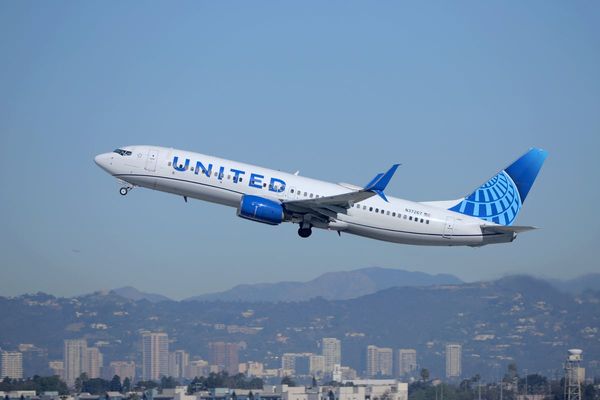
Apple (AAPL) stock fell 4.7% on Thursday, outpacing the declines we saw in both the Nasdaq and the S&P 500. Only Netflix (NFLX) declined more than Apple yesterday when referencing the FAANG stocks.
That’s true even if we include Microsoft (MSFT) and Tesla (TSLA), too.
For most of the year, Apple has been the unsinkable ship for mega-cap tech stocks. All others have spent time under severe selling pressure, but not Apple.
Still commanding a market cap in excess of $2 trillion, the largest peak-to-trough decline Apple stock has suffered this year was 29.5%. For reference, the Nasdaq suffered a peak-to-trough decline of 37.8%.
Now though, Apple stock continues to get hit.
Whether it’s concerns about China’s economy, iPhone production, slowing growth, its App Store business in Europe or just simply a global recession, Apple shares are finally feeling some heat.
Apple Stock Breaks Key Support

Chart courtesy of TrendSpider.com
Apple fell more than 4% on Thursday, marking its worst one-day decline since Sept. 29. Worse though, the stock broke below key support in the $140 to $141 zone.
That area has been drawing in buyers for more than a month, as Apple has continued to bounce from this zone.
While it would dance around its 10-day, 21-day and 50-day moving averages, it had trouble gaining traction over $150, while at the same time, downtrend resistance continued to draw out the sellers (blue line).
Now breaking below key support, it thrusts the fourth-quarter lows into play in the $134 to $135 zone.
Should this area hold, a bounce back to the $140 to $141 zone and the declining 10-day moving average could be in the cards.
If this area is resistance, then the $134 to $135 zone remains vulnerable. If it’s reclaimed, downtrend resistance is back in play.
So what happens if $134 to $135 fails as support? In that scenario, Apple stock could trade down to its year-to-date low near $129.
In the event that shares completely break down and the selling becomes overwhelming, it’s possible we see the $113 to $118 zone.







